Last Updated on 15/08/2025 by Team anadiorb
2026 CupraTerramar Australia – The Fierce Mid-Size SUV With Spanish Racing Blood change
The 2026 Cupra Terramar introduces Spanish racing style to Australian roads. Complete review of interior, build quality, features, performance, safety, competition, prices, and our verdict.
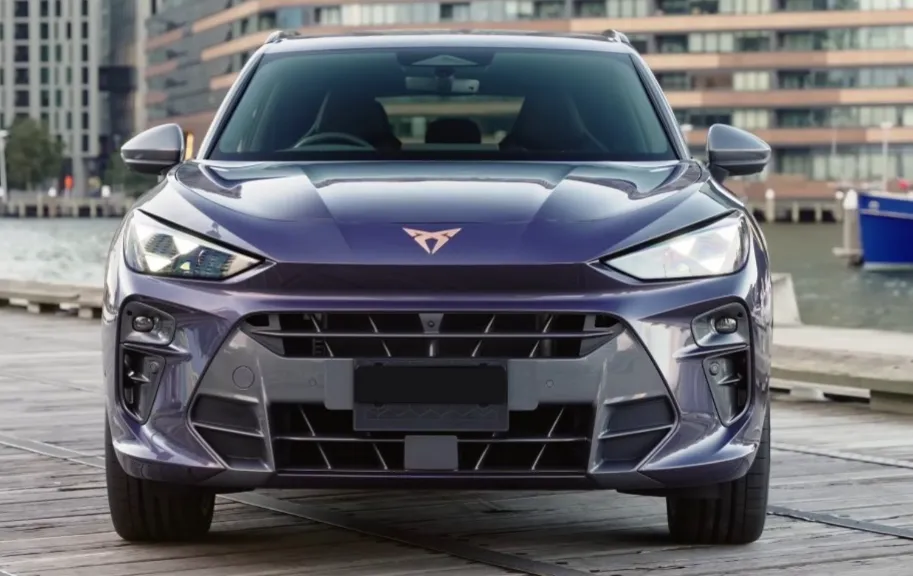
A Tale That Starts on the Banked Turns of Spain
In 1923, a racetrack called Sitges-Terramar opened on the Mediterranean coast of Spain. It was fast, dangerous, and wildly ambitious — much like the cars and drivers who raced there. That track, with its steeply banked corners, became a symbol of engineering daring.
A hundred years on, Spain’s performance-born brand Cupra borrows the Terramar name for its first proper mid-size SUV. It is a name more than an identity — it’s an expression of intention. Cupra aims to make cars that are more than a means of transport, more an experience that brings a little of the racetrack to the humdrum roads every day.
The 2026 Cupra Terramar is now landing in Australia, targeting the sweet spot of the SUV market where practicality and performance combine. But where most mid-size SUVs are content to simply be along for the ride, this one wants you to feel something.
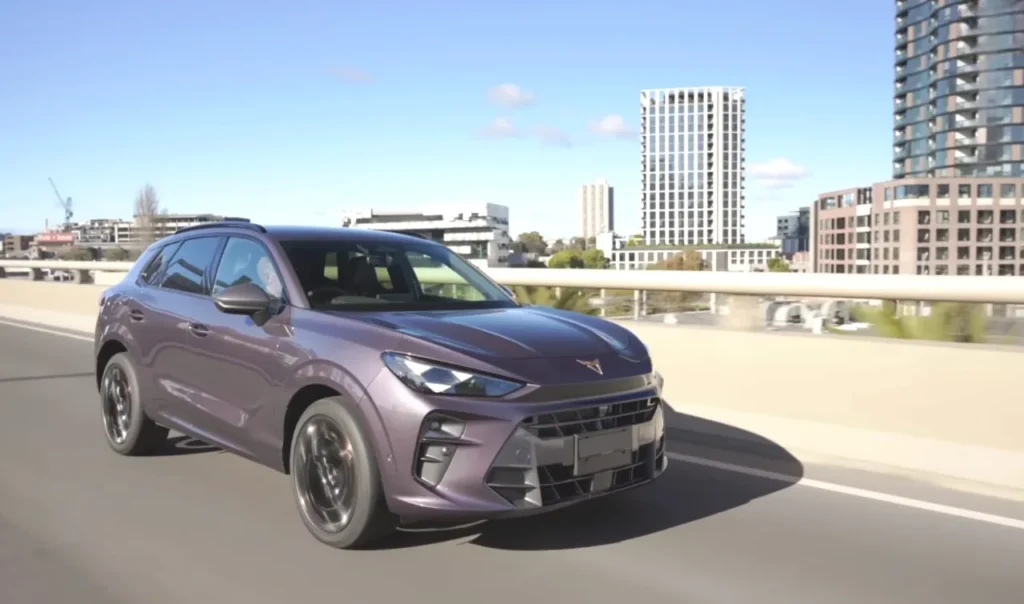
Inside the Terramar – Where Design Meets Precision
Open the door and the Terramar welcomes you with an interior that’s half driver’s cockpit, half lounge, half design studio. The quality of build is immediately European — panel gaps so tight you could hardly jam a credit card between them, materials that sound dense and engineered, and an overall sense of solidity.
Cupra’s designers have resisted the temptation to copy the minimalism trend to the point of blandness. Instead, there’s personality here — copper trim accents that are now a Cupra signature, sculpted dashboard surfaces, and a centre console that feels intentionally designed, not just assembled.
Front and center is a 15-inch infotainment touchscreen. Not some token add-on — it’s the hub for navigation, media, climate, and vehicle controls, with fast response time and crisp graphics. In front of the driver is a 10.25-inch digital cockpit, which can be tailored to present anything from a stripped-down speed reading to full navigation mapping.
Comfort is not an afterthought, either. There is tri-zone climate control, so passengers in the rear can dial in their own temperature. Front seats are heated and the steering wheel is heated, too, on most trims, and options such as the Leather & Sound Package and panoramic moonroof take the mood further up. Ambient lighting introduces subtle sophistication in the evenings, with soft lights outlining the dashboard and doors.
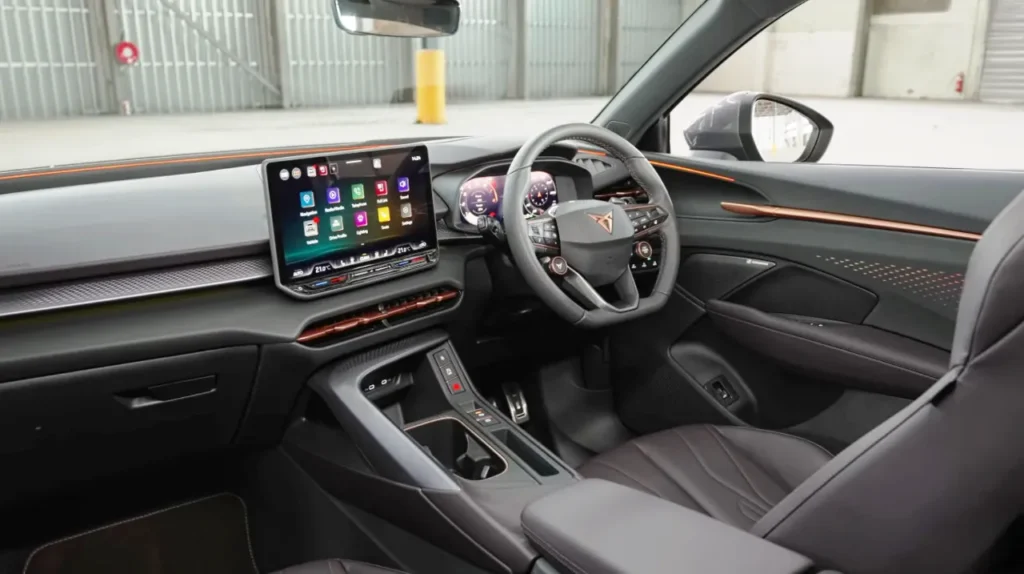
Performance – Four Flavours of Driving Personality
The Terramar doesn’t adopt a one-size-fits-all strategy. It instead provides four different powertrains for Australian consumers, all tuned for driving in varying styles.
The S mHEV is the mild-hybrid entry level, combining a 1.5-litre turbo petrol with an electric boost system for effortless city driving. With 110 kW and 250 Nm, it’s not a hot car, but its 5.7 L/100 km fuel economy makes it a thrifty daily driver.
Step up to the V and you receive a 2.0-litre turbocharged petrol engine that puts out 150 kW and 320 Nm. All-wheel drive is an option here, and the added power cuts the 0–100 km/h time down to about 7.1 seconds. It’s the Goldilocks option — fast enough for enthusiastic overtaking, but still comfortable enough for road trips.
It’s where the performance DNA begins in earnest. With 195 kW and 400 Nm, it’s adequately speedy for a mid-size SUV, accelerating to 100 km/h in approximately 5.9 seconds. Adaptive suspension is standard, allowing you to change between comfort and sport modes with a readily apparent adjustment in dynamics. It’s the “weekend fun” variant, able to carve up twisty rural roads without being out of its depth.
And last but not least, in 2026, the VZe PHEV makes its debut. This plug-in hybrid boasts about 200 kW combined petrol and electric power, as well as more than 100 km of electric range alone — one of the best in its class. For city commuters, it would allow a week of commuting without burning a single drop of petrol, but still having full throttle when necessary.
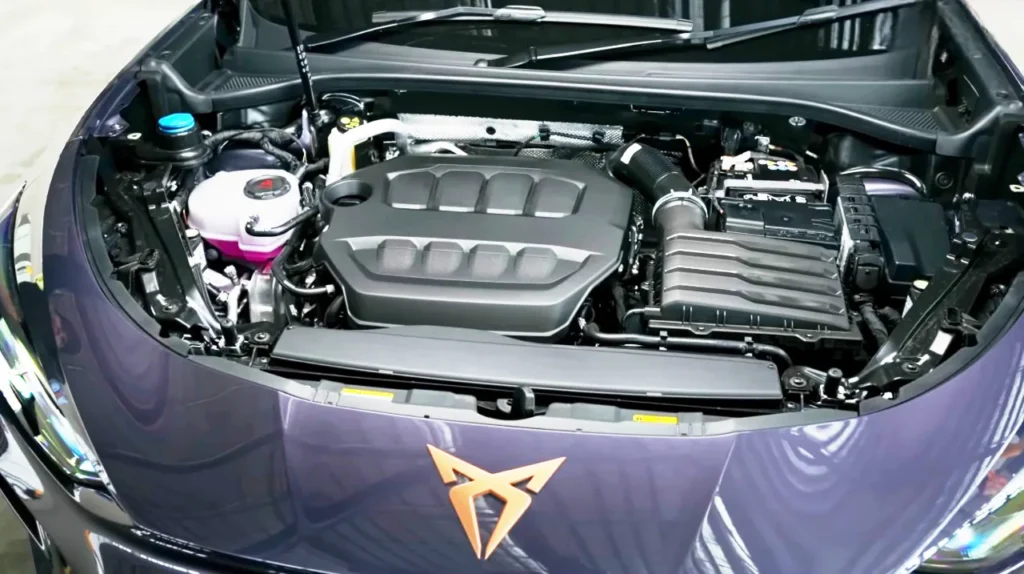
On the Road – How It Drives
In base trim, the Terramar is stable and unflappable, with light steering that renders parking a breeze. The upper trims, particularly the VZ, change the equation — steering is more weighted, throttle response becomes crisper, and the AWD system clings to the road like it’s on rails.
The chassis is set up to be sporty but not harsh, although on the VZ’s bigger wheels, the ride can become stiff on bumpy roads. Nevertheless, the body control through corners is surprising for an SUV of this size. It’s like a car that’s been made by people who love driving, not engineers who only tick boxes.
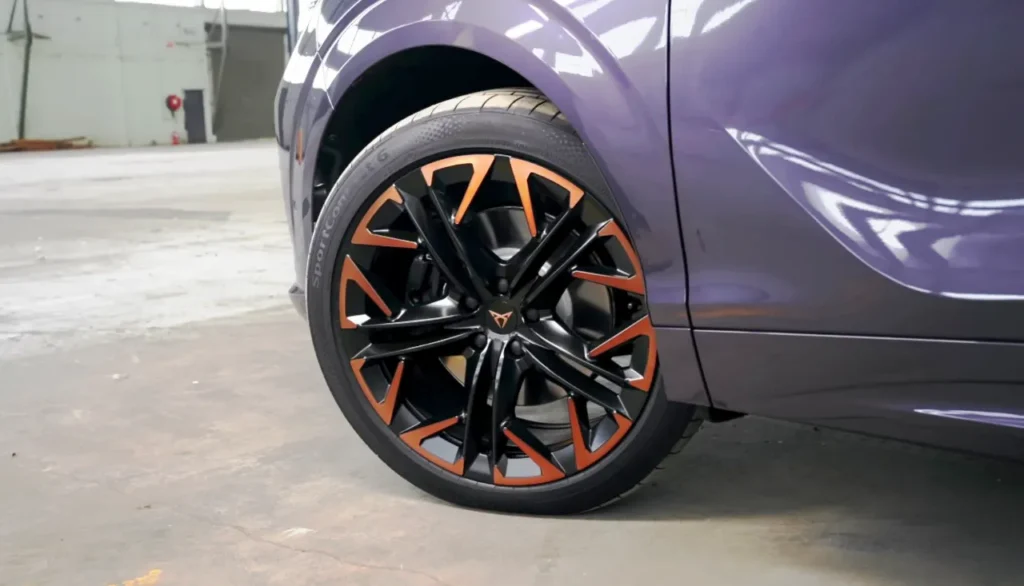
Safety – Technology as a Co-Driver
Cupra has also loaded the Terramar with a comprehensive array of driver assistance features. Adaptive cruise control navigates stop-and-go traffic with ease. Lane-keep assist softly guides you back into your lane without being busy. Blind-spot monitoring, rear cross-traffic alert, and predictive pedestrian give protection in heavy urban traffic.
Parking is simplified by a 360-degree camera system that blends together like bird’s-eye view of the environment around you. Traffic congestion assist can even take care of low-speed steering and braking in heavy traffic.
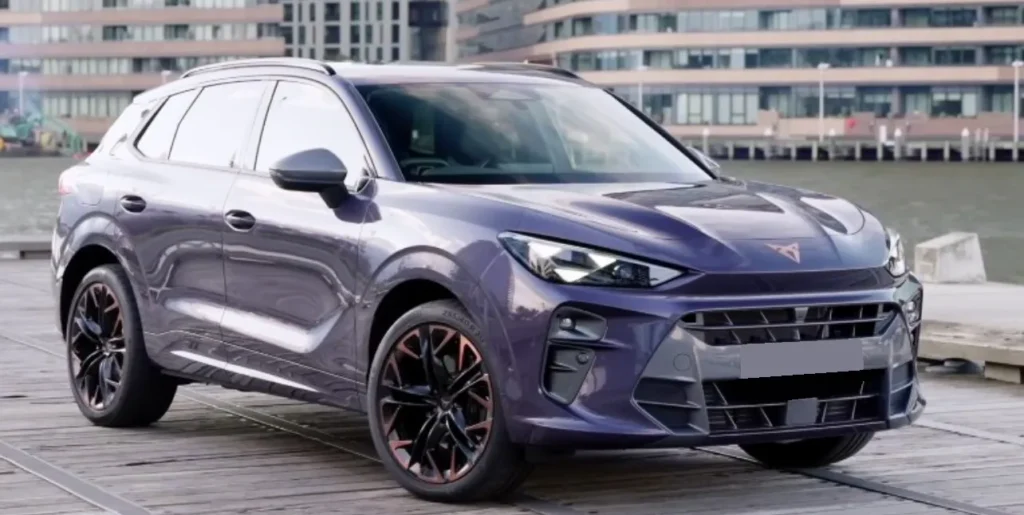
The Market Position – Who It’s Up Against
In Australia, the Terramar mainly competes with the Volkswagen Tiguan R-Line, Mazda CX-60, Kia Sportage GT-Line, and Hyundai Tucson N-Line in the same segment.
The Tiguan borrows much of its primary technology from the Terramar but attire more conservatively. The CX-60 goes more towards luxury, with less of a spory personality. The Sportage and Tucson offer great value and aggressive styling, but can’t quite match the Terramar’s European driving feel.
Where the Terramar makes its mark is in design uniqueness, high-quality construction, and performance-centric options. It’s for the shopper who wants something unique, but doesn’t want to lose functionality.
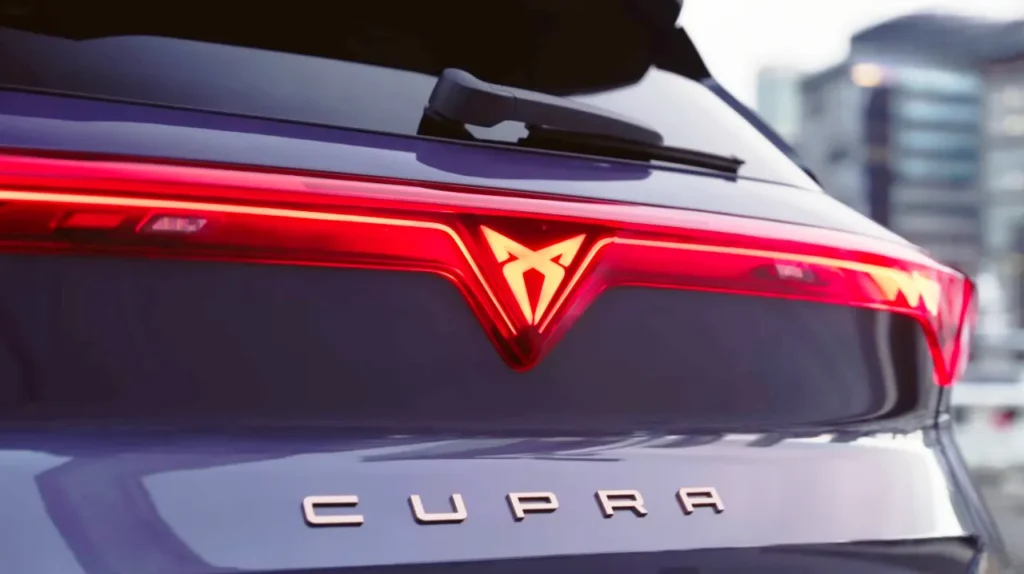
Pricing and When You Can Get One
Australian pricing starts at $53,990 before on-road costs for the S mHEV. The V steps up to $61,490, while the VZ tops the petrol lineup at $68,200. Drive-away prices vary by state, but you’re looking at roughly $58,000 to $73,500 depending on the variant and options.
Petrol and mild-hybrid versions are already here, with the plug-in hybrid arriving mid-2026.
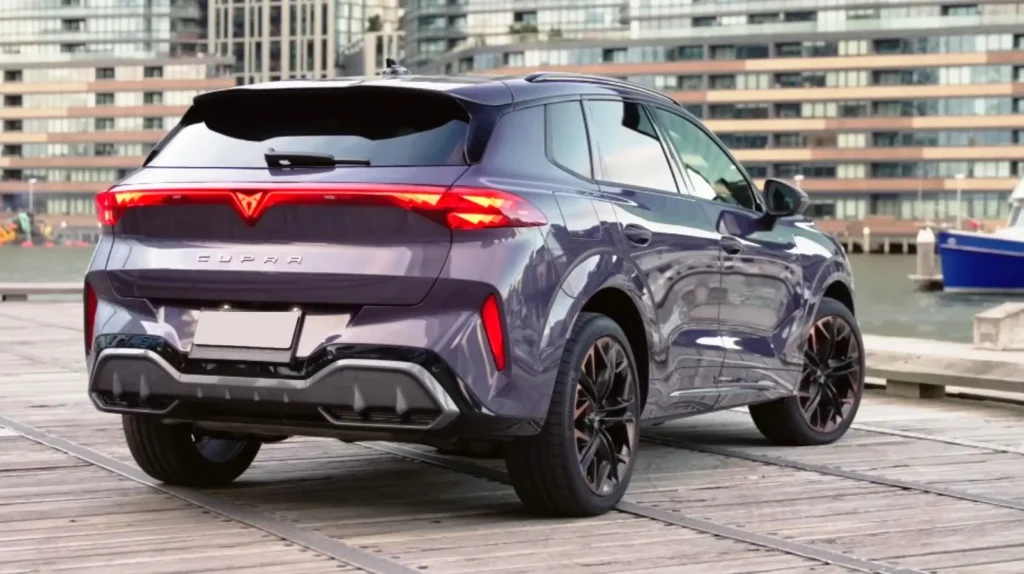
Pros and Cons
What’s Great:
Distinctive, head-turning design
Premium interior fit and finish
Strong VZ trim performance
Coming PHEV with segment-leading EV range
What Could Be Better:
Firm sporty trims ride
PHEV lag leaves green-conscious buyers waiting
Pricing leans higher than mainstream competition
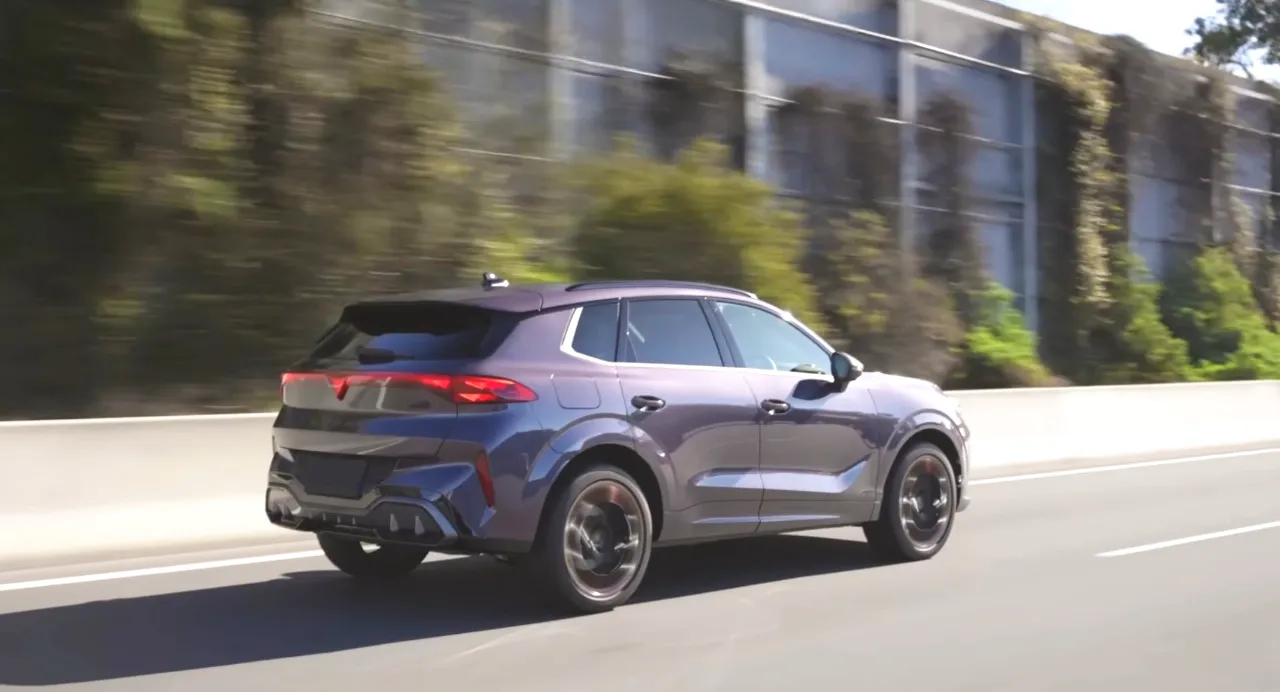
Verdict – More Than Just Another SUV
The 2026 Cupra Terramar isn’t attempting to do it all for everyone — and that’s the best part about it. It’s a mid-size SUV for those who care as much about driving enjoyment as they do about practicality, those who desire a special-feeling cabin, and for shoppers who don’t mind standing out.
When the plug-in hybrid does arrive, the Terramar will offer a proposition unlike any other: true performance, extended electric range, and Cupra’s eye-catching style. Until that point, the VZ is the sweet spot for drivers who desire a taste of racetrack character in their daily commute.

FAQs – 2026 CupraTerramar Australia
Is the CupraTerramar out now in Australia?
Yes, petrol and mild-hybrid models are available from now. The PHEV comes in mid-2026.
What is the PHEV’s electric range?
More than 100 km on electricity only — one of the longest in its segment.
How quickly is the CupraTerramar?
In VZ specification, 0–100 km/h in approximately 5.9 seconds, one of the fastest mid-size SUVs in its class.
Who are its key competitors?
Volkswagen Tiguan R-Line, Mazda CX-60, Kia Sportage GT-Line, Hyundai Tucson N-Line.









